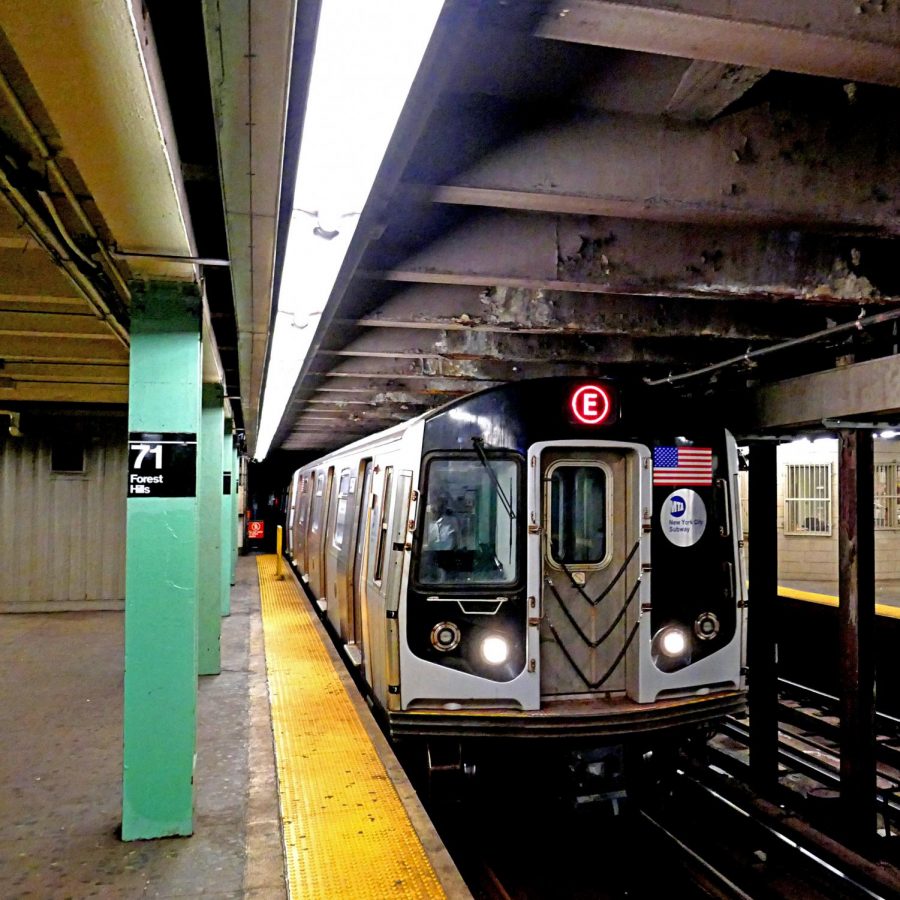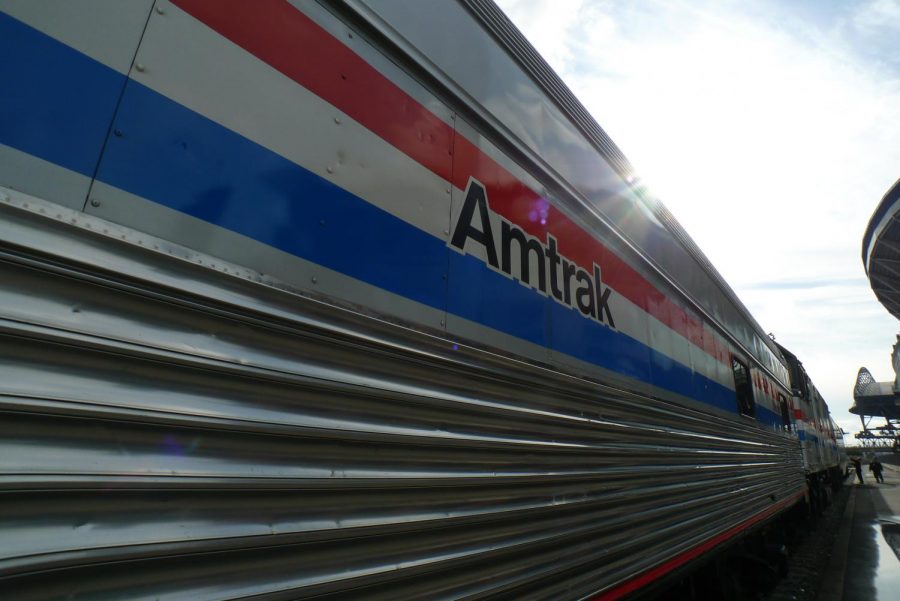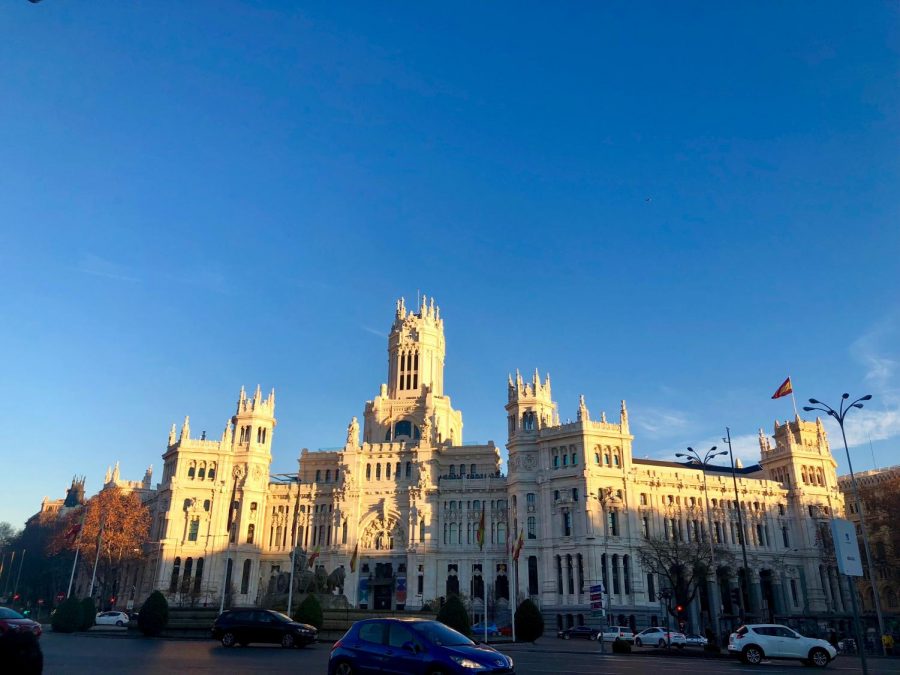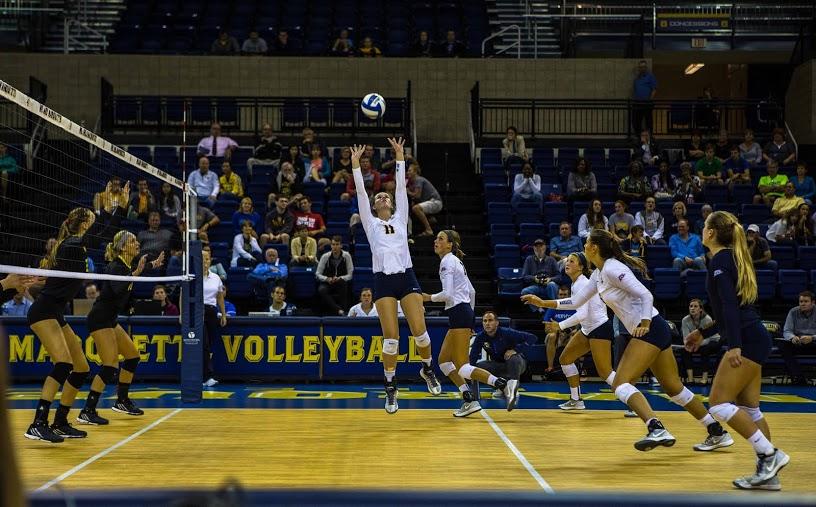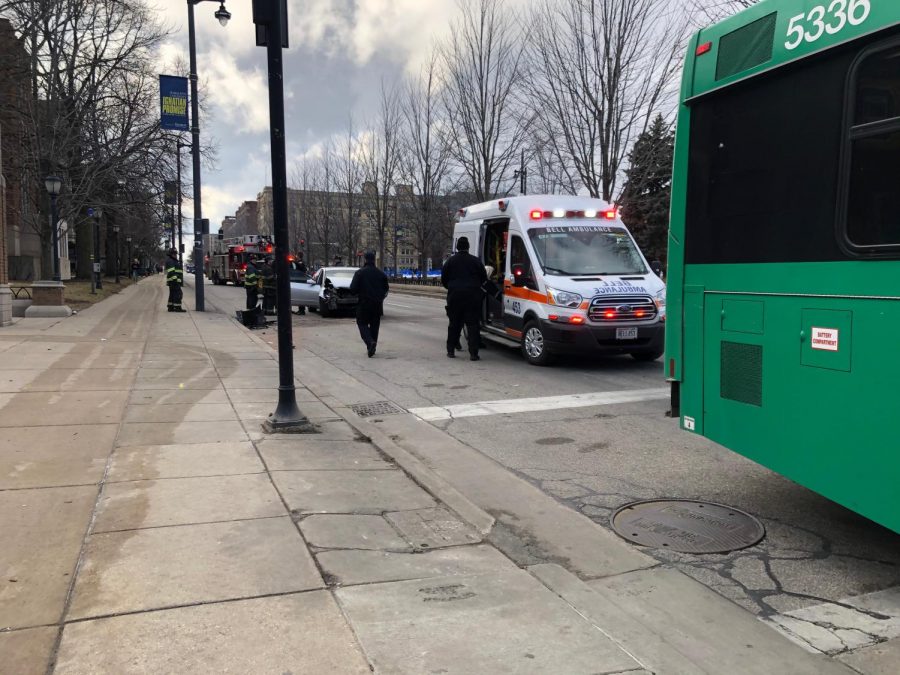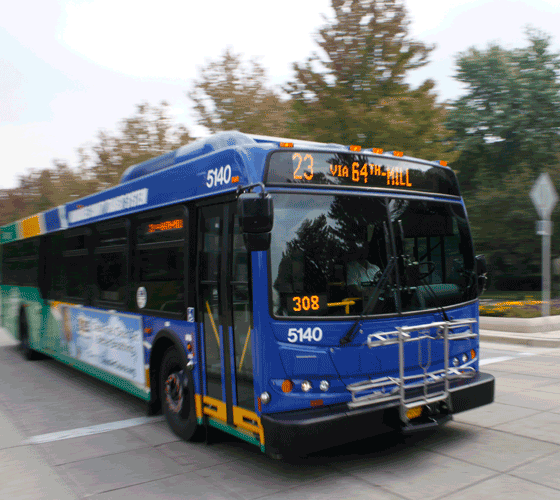Public transportation, especially in large urban areas, provides many residents with an inexpensive way to get to where they need to go. Community residents need transportation to get to specific places at certain times, and, as of now, U.S. public transportation cannot offer that.
This is why so many Americans own cars, as they allow people a more individual approach to transportation. On the national level, according to the Pew Research Center, about 88% of American households own at least one car. For Milwaukee, about 82% of households own at least one car, according to the U.S. Census Bureau.
Some in Milwaukee can’t afford or choose not to buy a car, which leaves them reliant on the Milwaukee County Transit System. While Milwaukee is one of the more efficient urban areas for public transportation in the United States, many major European and Asian cities’ public transportation systems outdo their American counterparts.
Major U.S. cities like New York have public transportation systems, like the MTA, but 43% of New York citizens rate the subway system poorly.
Based on my own experiences with public transportation, in cities such as Paris, Bern and Munich, major European cities provide a higher quality of transportation than the U.S. due to their accessibility, quickness and passenger capacity.
Databases like WorldAtlas have praised cities such as Berlin and Paris for their transportation systems. Their cleanliness and precise schedules set them apart from the dirty and often late trains and buses in major U.S. cities.
Since these services are more popular in European cities, buses, trains and subways are better managed than they are in U.S. cities. When I traveled into Paris via the Metro, I got to my destination on time. When I traveled to St. Paul, Minnesota, via Amtrak, however, I arrived hours late. The experiences I had in Europe proved to me how flawed public transportation systems in the U.S. are.
Public transportation’s relationship with the public is mutually dependent: The public needs better transportation, but the transportation services can’t provide those services without more riders.
People should utilize public transportation to improve the quality of service. With more use, there will be more government incentive to fund transportation projects like railway and bus systems.
When more people use public transport, communities as a whole benefit. With fewer people driving, traffic runs more smoothly and people can get where they need to go faster. If more people were to take a bus or some type of transit system rather than individual cars, roads would be a lot less compact, allowing faster transportation much as a carpool lane does.
Communities also benefit from environmental factors of public transportation because, with fewer cars on the road, there will be lower carbon emissions. With over 270 million registered cars in the United States, having more people switch to public transportation can help limit our countries’ carbon emissions. According to the U.S. Department of Transportation, cars produce 0.96 pounds of carbon dioxide per passenger-mile compared to 0.64 pounds in bus transit and 0.33 pounds in commuter rail.
Theoretically, public transportation should be extremely popular in major U.S. cities and on-time stops, fair costs and environmental benefits should be set in place. However, decades of poor management of the subway system has led to ineffectiveness and unpopularity.
The blame for public disinterest rests with lawmakers for making public transportation so unappealing. New Yorkers blame their mayor and governor for their poor subway system. People are now shifting to ride-share services like Uber from the subway in New York.
U.S. public transportation’s uncleanliness and unpredictable timing make most forms of public transportation in the U.S. unpopular. If the public transportation system in the U.S. were to be improved in these areas, more people would use it, creating a healthier environment and a more effective way to travel.
New York City is starting to take progressive steps in improving its public transportation system, investing billions of dollars to enhance a public service. Other major cities across the country need to follow New York’s lead. Even if services seem adequate, U.S. transportation systems should strive for the highest quality possible to better serve its citizens.

